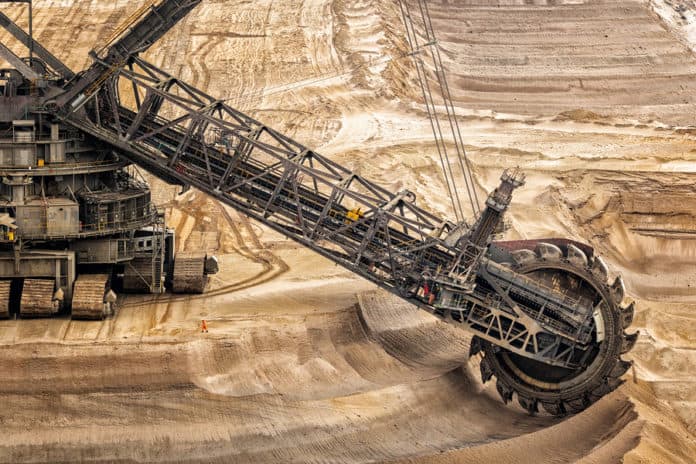Deep mining has always had challenges in terms of technology and cost. Technological issues include the adverse environment, rock stress and transport logistics of mine material and personnel. To control the work environment companies have enhanced the ventilation of the mines. Ventilation is costly in providing optimum conditions throughout the year. Usually, ventilation consumes the energy of up to 80% of the mine. However, despite ventilation requiring a lot of energy, there are other cooling options that mines can consider.
Canadian mines employing advanced mine cooling designs
Canadian companies have been using diesel mechanization for ventilation for mining of base and precious metals. This design employs large equipment in the mine which handles up to 20 times air than the ore. As a result, this accounts for increasing costs of power if the mine is deeper. There are structural and cost limits that determine the size of the channels air will travel.
Mining in Canada has advanced and the diesel mechanization equipment is becoming cleaner. New trends such as tele-remote mining are increasingly becoming common which removes the concern of human exposure. Equally, there is better spatial and temporary ventilation management. Nowadays battery electric vehicles (BEVs) are replacing diesel equipment and they employ efficient motors thus saving energy used in the work environment.
The advancements are vital and can help in saving costs which is vital in sustaining the industry. However for companies such as Crystal lake Mining (OTCMKTS: SIOCF), Agnico Eagles Mines Ltd (NYSE: AEM) and Barrick Gold Corp (NYSE: GOLD) whose mines can at times go beyond 3,000 meters heat is a major concern. Consequently, if there is no proper cooling controls heat becomes a major challenge for both equipment and personnel.
Mines in the Canadian Shield have depth and surface climate as the determinants in cooling if the workplace. Usually, auto compression can add up to 10°C/km of depth relative to surface climate. As a result, mid-summer temperatures could rise to 60°C below the 3,000 meters fresh air delivery system. However, this is advantageous for Canadian mines because in other places temperatures are more than 50°C at shallow depths.
Cooling air needs rejuvenation at certain depths
Even though miners face the challenge of dry temperatures, cooling is much more important. Typically the first measure in removing hot thermal conditions is removing heat via ventilation. However, this becomes a challenge when passing air down the ventilation to the mine because air naturally heats up.
At specific depths, the air won’t have any cooling effect and it needs rejuvenation through a cooling mechanism. This normally varies and in Canada, that critical depth begins from 1,700 meters deep and by 3,000 meters it is certain. In Canada Agnico’s LaRonde mine leads in terms of cooling mad could hot third horizon design which means at 3.35km deep cooling is necessary. The company will run a surface plant which includes two underground plants at 2.6 km and another one at 3.1 km deep.
Other cooling options considered include use of lake water in district cooling, cold storage in ice as well as waste heat conversion.


